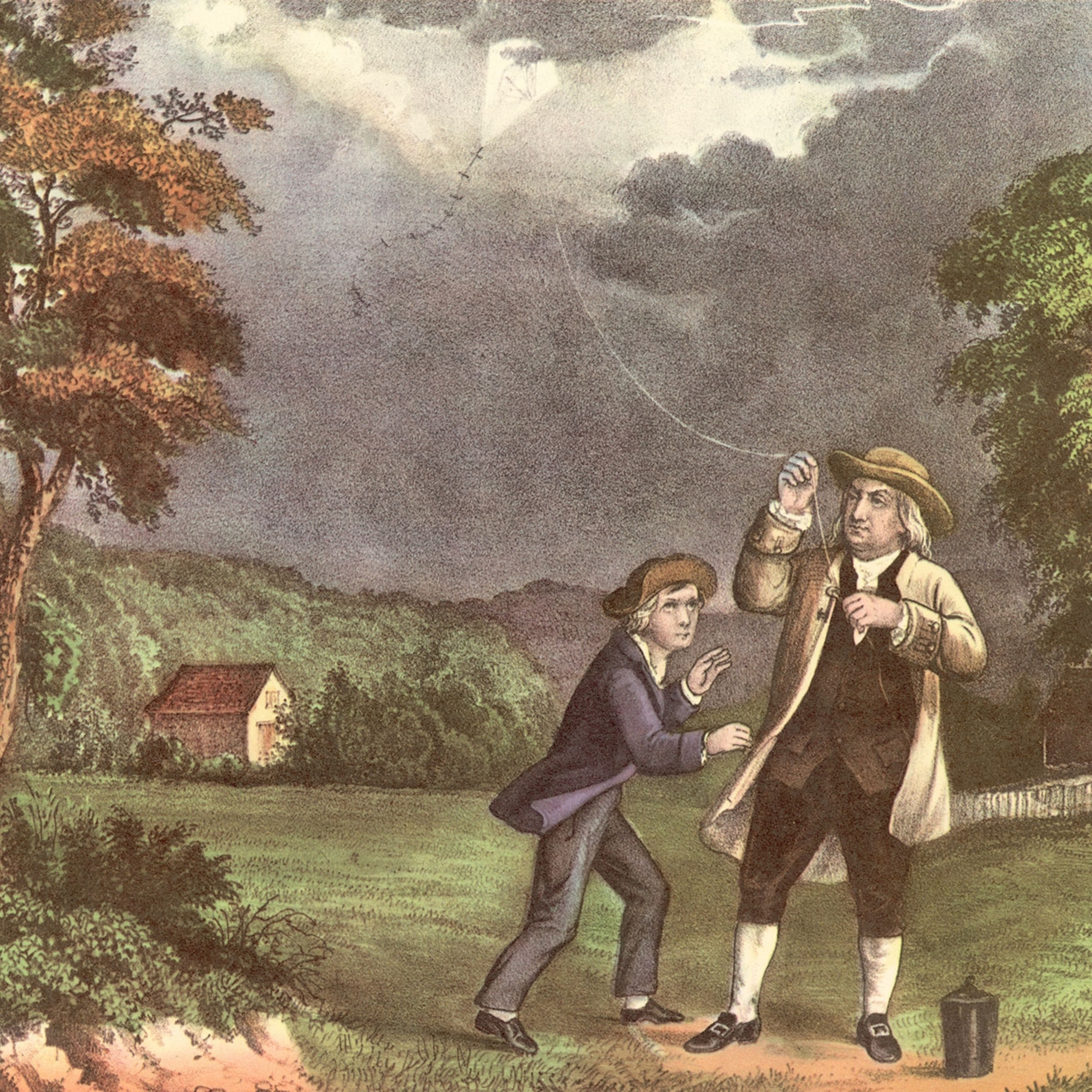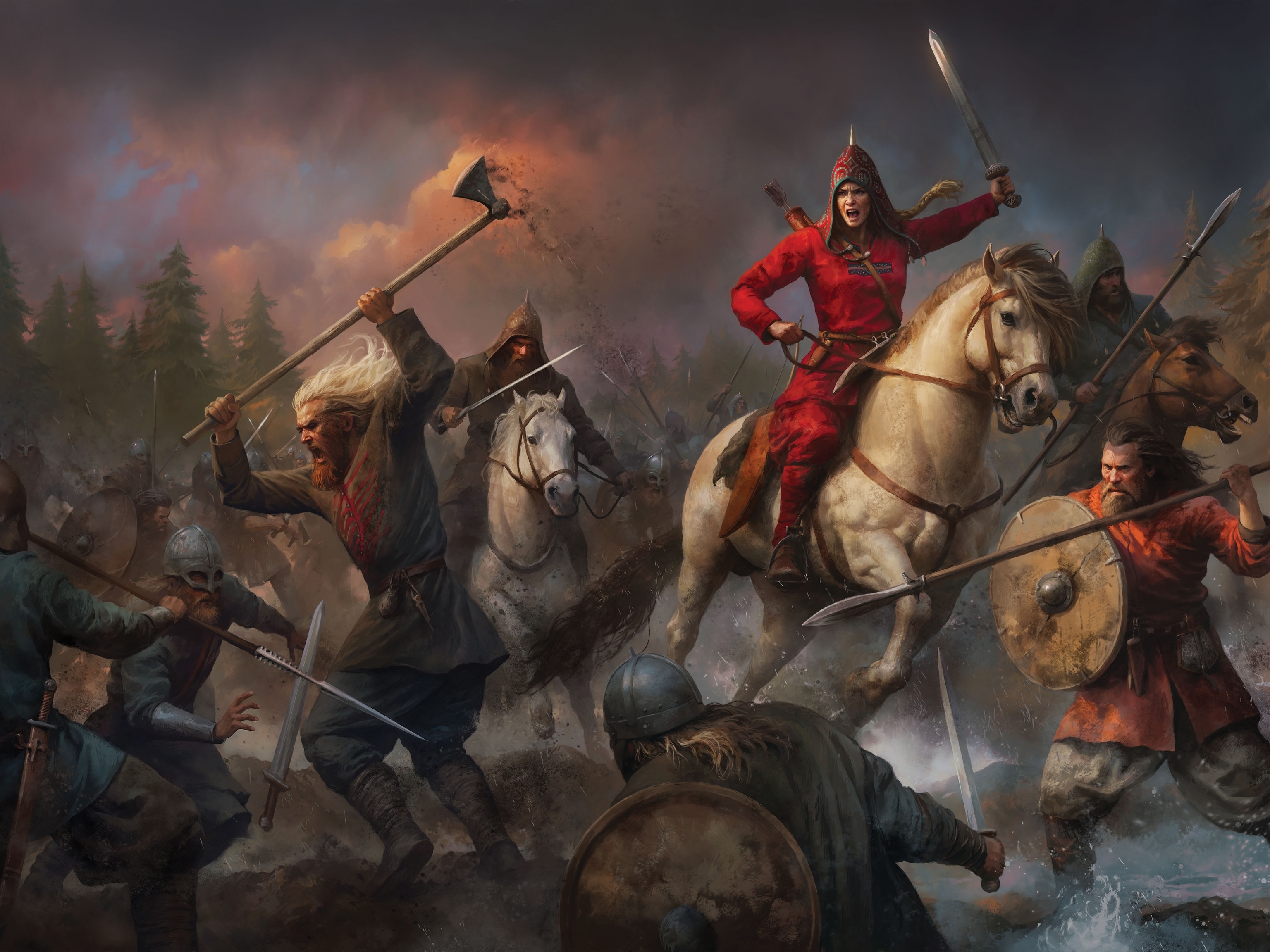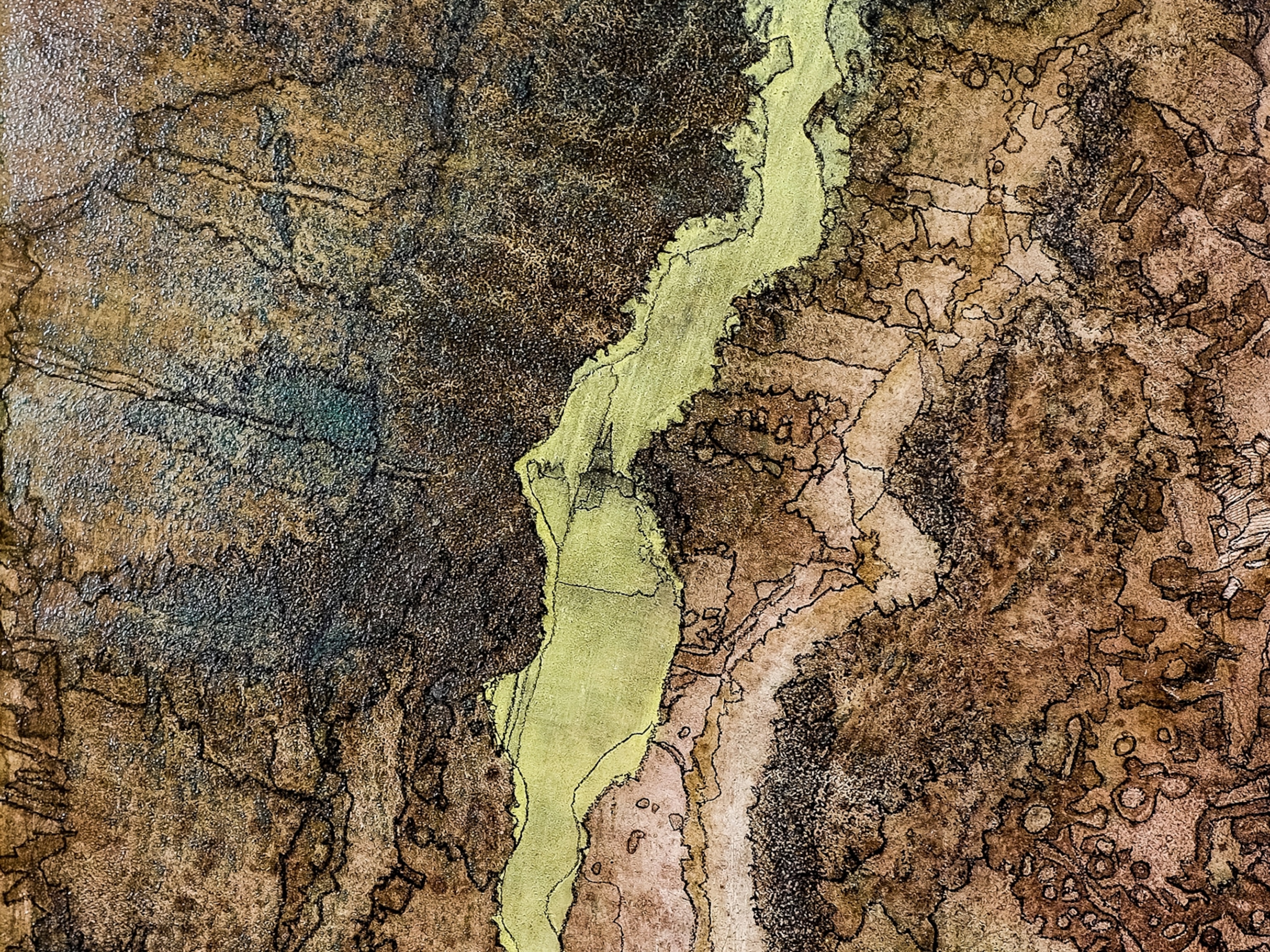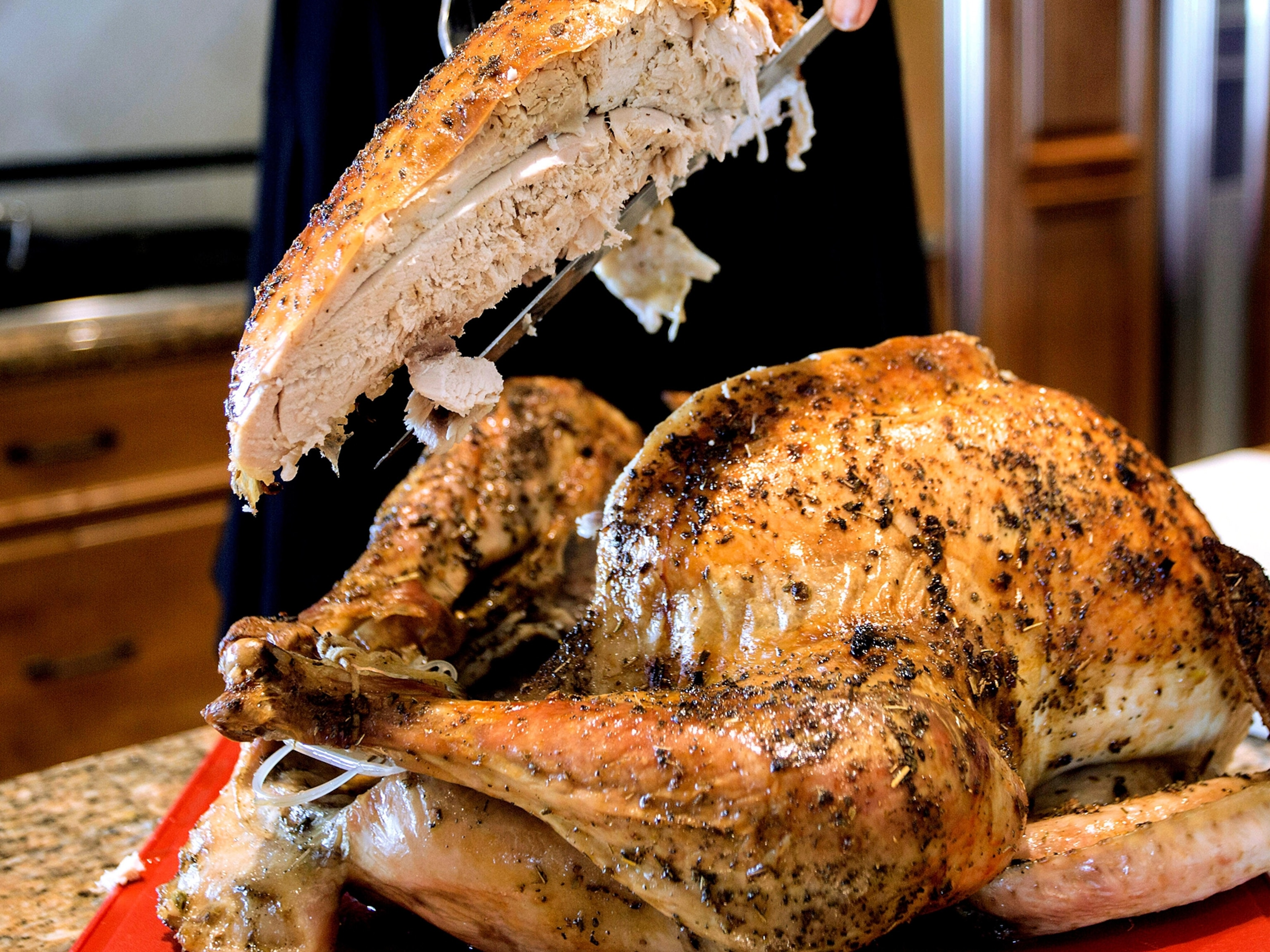
How Tecumseh fought for Native lands—and became a folk hero
The Shawnee chief devoted his life to protecting ancestral lands. In death, he morphed into a legendary figure for Indigenous people and settlers alike.
Warrior. Orator. Statesman. Tecumseh, a Shawnee bent on resistance to white incursion on Native land, was all three—and during his brief life, he turned that resistance into the stuff of history, rumor, and legend.
Believed to have been born in what is now Ohio during a 1768 meteor shower, he was named “The Shooting Star” or “The Panther Passing Across.” The name foreshadowed a life and influence that would crisscross the early American frontier, pull him into the War of 1812, and set up a still contested legacy of both heroism and defiance. (These 5 leaders' achievements were legendary. But did they even happen?)
White settlers threaten the Shawnee
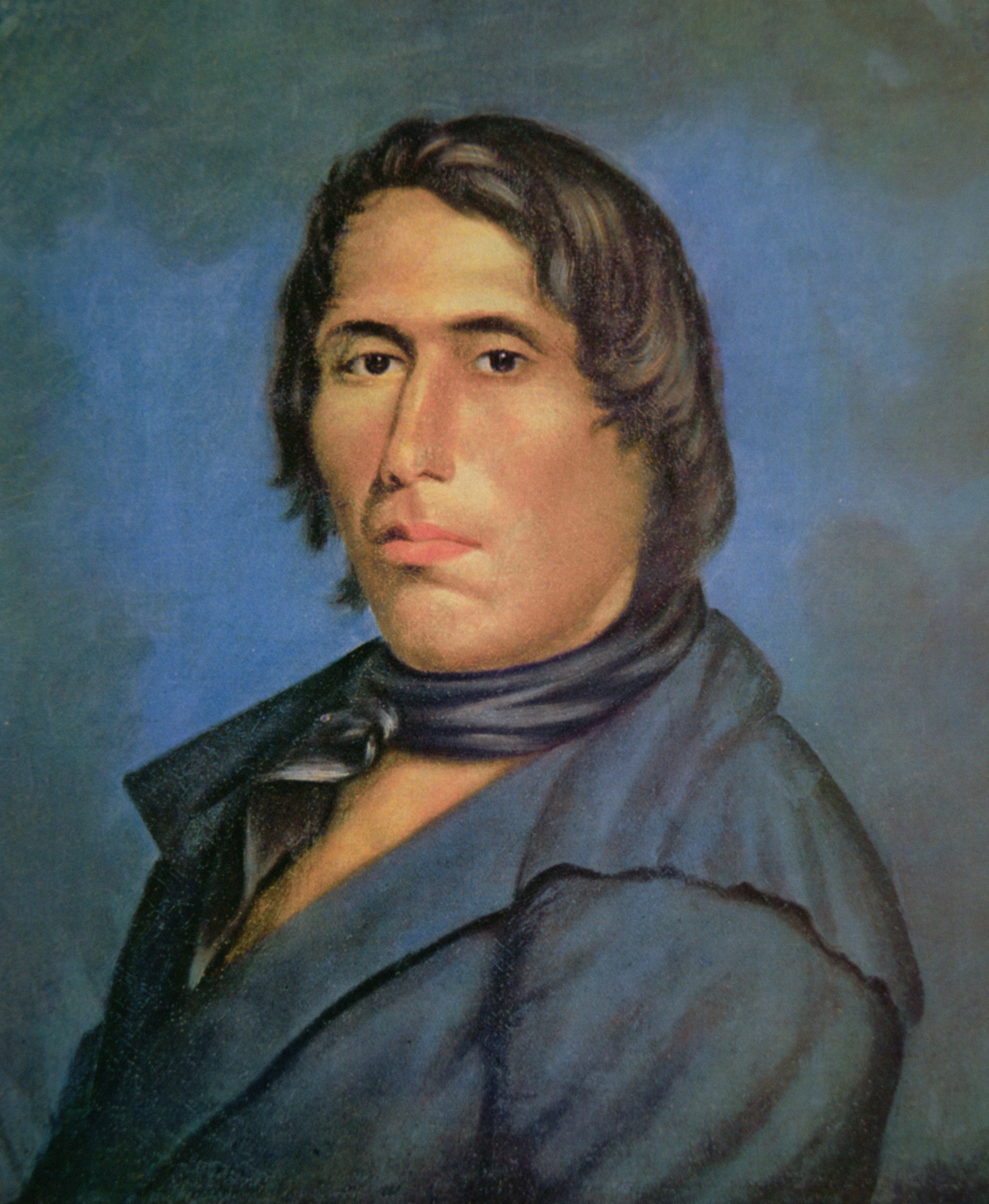

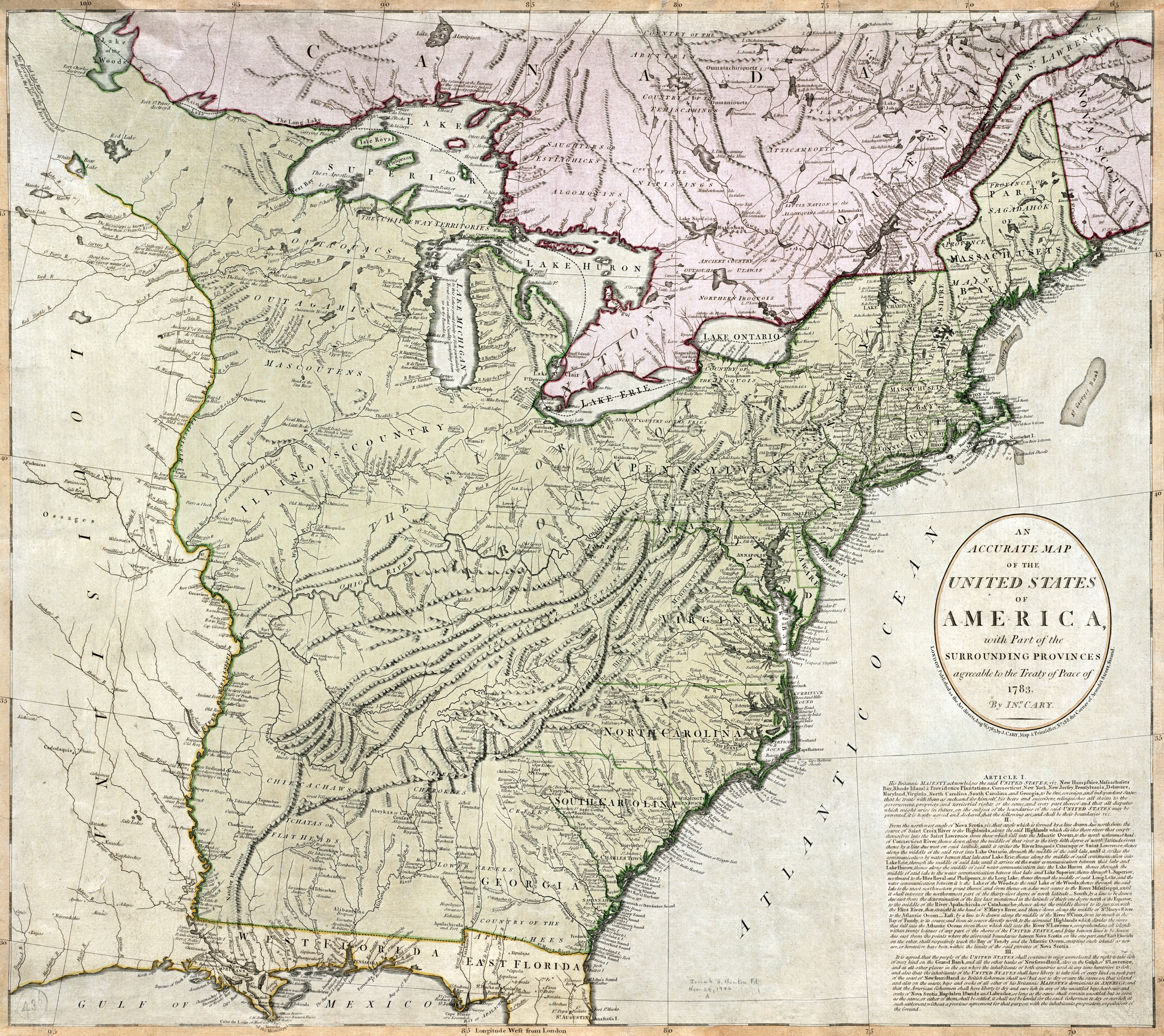
From the start, Tecumseh’s life was wrapped up in the conflict between Indigenous Americans and white settlers intent on seizing their land. His father, Shawnee war chief Puckshinwa, died in battle during Lord Dunmore’s War, a 1774 conflict between Shawnee and Mingo warriors and white settlers of the Colony of Virginia.
Though they numbered only a few thousand, the Shawnee were known as fierce warriors intent on defending their land and traditions. British colonization threatened their land. But when American colonists broke off from Britain during the American Revolution, the Shawnee joined the British in an attempt to stave off the threat of the would-be nation’s attempts to settle the Ohio River Valley.


But Britain’s defeat in that war resulted in a treaty that gave the new United States all land north of the Ohio River—including Shawnee territory. (Today, North America's Native nations reassert their sovereignty: "We are here.")
Representatives of several tribes including Delawares, Creeks, Mohawks, Ottawas and others, met in 1783 to create a confederacy designed to resist further incursions into their lands. They formed the Northwest Indian Confederacy, vowing that they would only cede lands if the entire group agreed.
Tecumseh leads an alliance
This pan-Indian alliance made a deep impression on the young Tecumseh, who distinguished himself in raids against settlers attempting to trespass on the confederacy’s land. But though the raids succeeded at first, the United States strengthened its military and dealt a decisive blow against the confederacy in the 1794 Battle of Fallen Timbers.
The Northwest Indian Confederacy collapsed, but Tecumseh, now an accomplished warrior, still believed in a pan-Indian alliance. He turned to his brother, Tenskwatawa, for help.

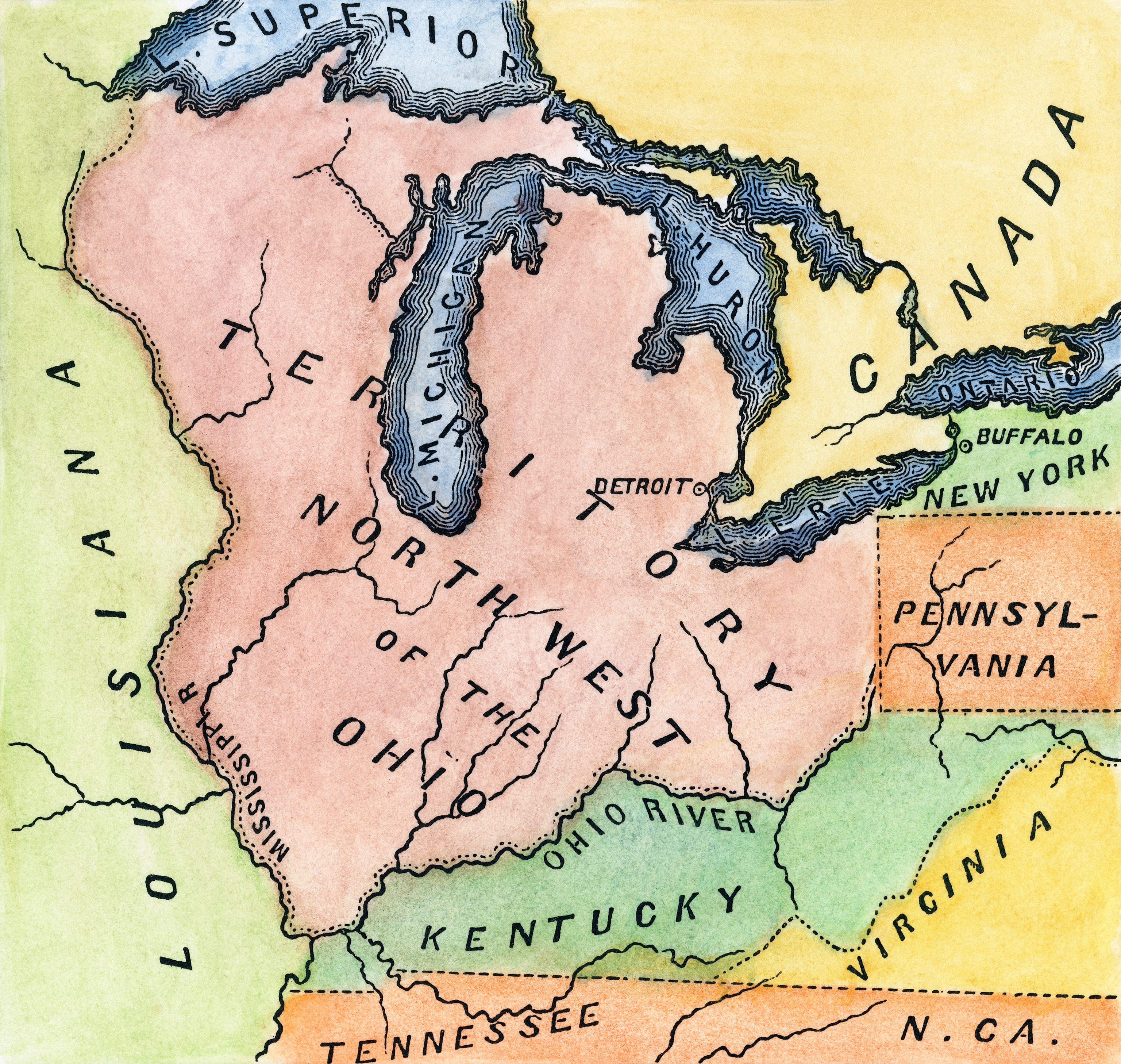
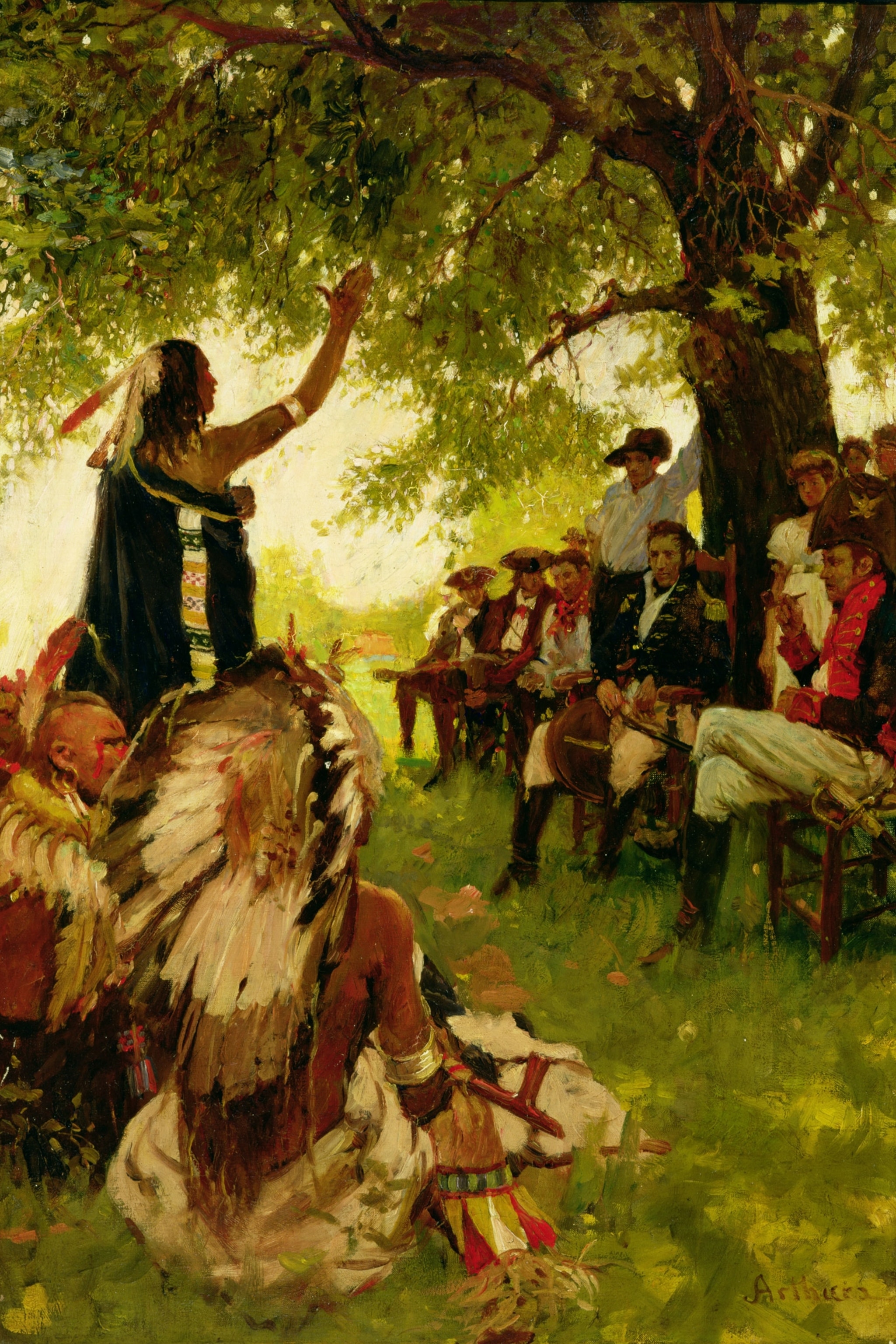
Known as “the Prophet,” Tenskwatawa had experienced an alcohol-induced vision of a land ruled by Native Americans following their own traditions. Tecumseh piggybacked on his brother’s growing influence, and in 1808 the brothers established Prophetstown at the confluence of the Wabash and Tippecanoe Rivers in what is now Indiana.
Tecumseh recruited large numbers of Native Americans to his cause, creating his own group of followers intent on a pan-Indian alliance in Prophetstown. In doing so, he also made a staunch enemy in the governor of Indiana Territory, William Henry Harrison— setting the stage for a historic battle.
The Battle of Tippecanoe
In 1809, Harrison convinced most of the region’s tribes to sign a treaty ceding over three million acres in exchange for subsidy money. Tecumseh, who lived north of the treaty area, decried the Treaty of Fort Wayne and used it to draw more supporters to his cause.

But when Tecumseh was on a recruitment trip in 1809, Harrison attacked the Prophetstown encampment in what is now known as the Battle of Tippecanoe. The Prophetstown residents at first mounted fierce resistance. Nevertheless, the American troops eked out a victory and burned the town to the ground after its residents, now disillusioned at Tenskwatawa’s lack of leadership, abandoned it.
It was a symbolic victory for Harrison, who would successfully campaign for the presidency with the slogan “Tippecanoe and Tyler too,” which referred to his running mate, John Tyler, in 1840. But the Battle of Tippecanoe smashed Tecumseh’s Prophetstown confederacy and sowed further Native resentment against the land-hungry Americans.
Tecumseh and the War of 1812
Tecumseh was a skilled negotiator, courting not just other Native Americans to his cause, but the British, who still held territory near the Great Lakes and were clashing with the United States over trade, naval sovereignty, and its desire for territorial expansion. Tippecanoe had shaken Tecumseh’s confederates, but when the United States declared war on Great Britain in 1812, they joined the fight on the British side in exchange for promises they could keep their ancestral lands.
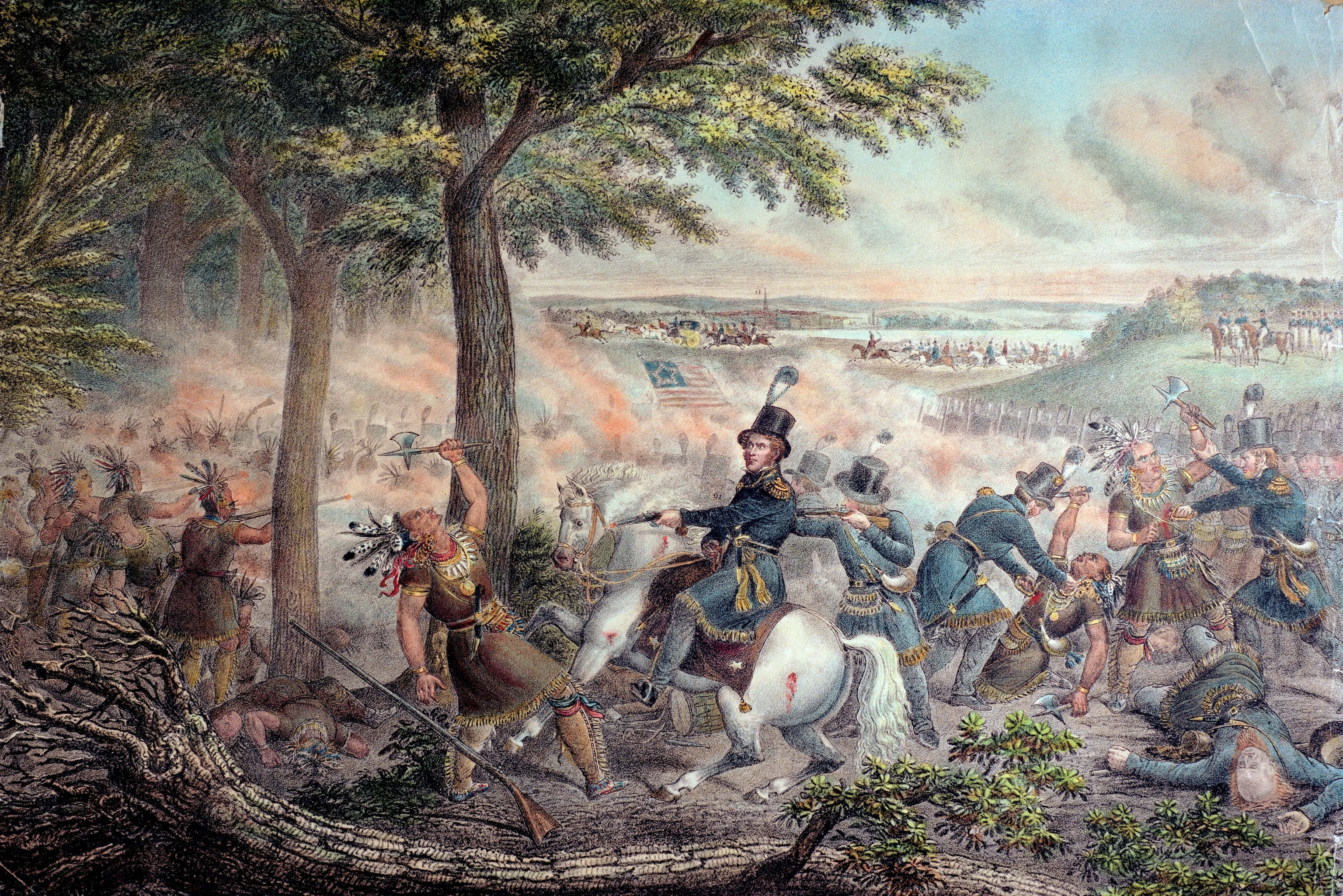


Tecumseh quickly became a respected ally of the British army and in August 1812 he led a successful siege against Fort Detroit in what is now Michigan. The defeat was shocking, but short-lived. In 1813, American forces forced the British to begin a retreat into Canada—and by the end of that year they would abandon Tecumseh, too, amid the Battle of the Thames on October 5, 1813.
But even as British troops abandoned the battlefield, Tecumseh and his Native forces remained. In the skirmish that followed, Tecumseh was shot. When news spread that the great leader had fallen, the remaining Native forces were demoralized and surrendered. America would hold on to its victory at the Thames, keeping its frontier territory. Meanwhile, Tecumseh’s body disappeared, never to be found.
Tecumseh’s legacy
With him died his dream of a pan-Indian movement that successfully clung to its land and traditions. Within decades, Native people living east of the Mississippi had been driven from their lands, both by treaties and the Trail of Tears. (This 1835 treaty kicked off the forced migration known as the Trail of Tears.)
Tecumseh’s death launched the political career of one of the many people who claimed credit for killing him: Colonel Richard M. Johnson, who led troops at the Battle of the Thames. Johnson later became vice president of the United States, winning election with the slogan “Rumpsey Dumpsey, Rumpsey Dumpsey, Colonel Johnson killed Tecumseh.”
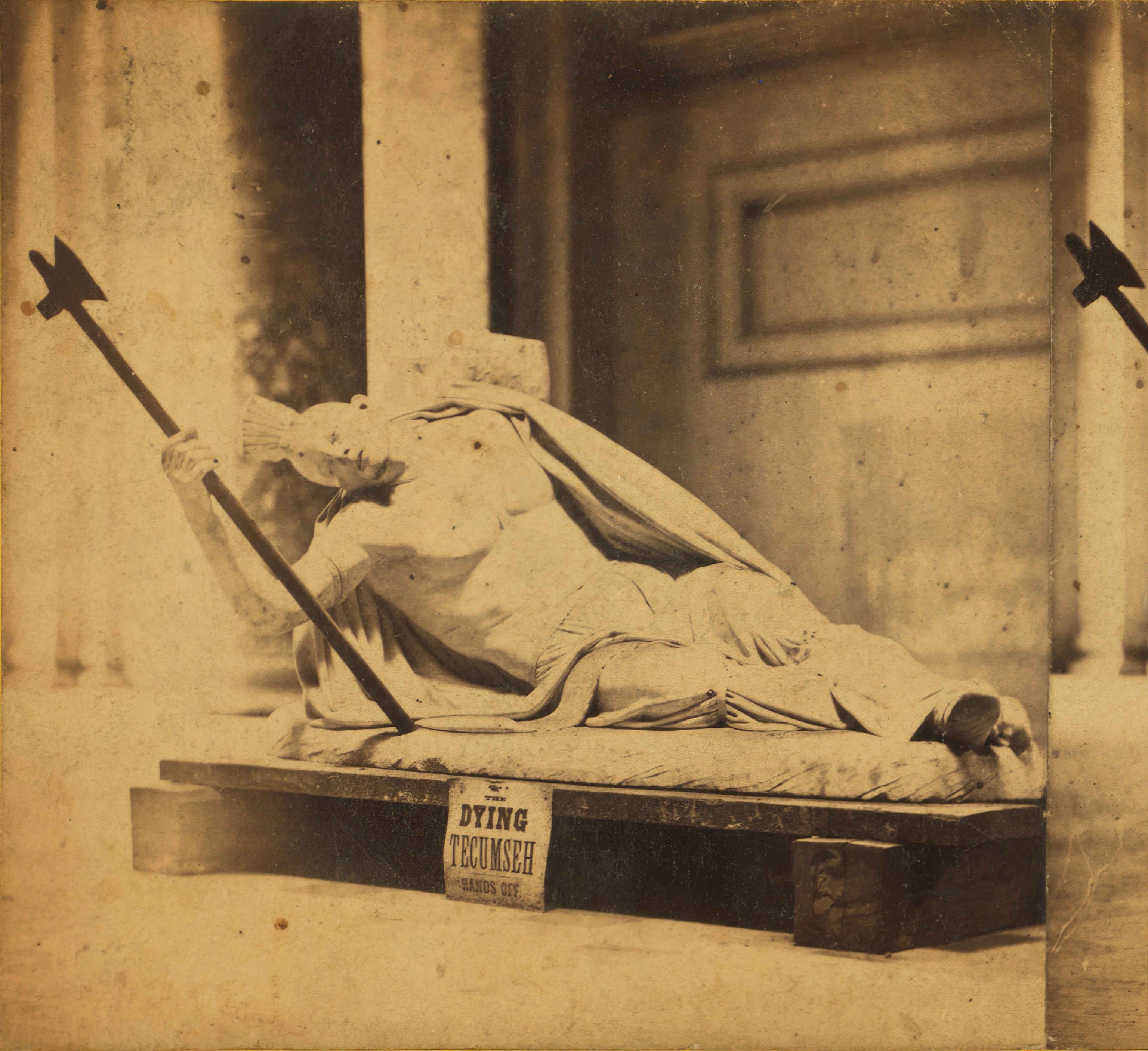
Tecumseh had stood against white incursion in life, but in death he became a folk hero both to Native Americans and white settlers, who debated the circumstances of his death and memorialized and appropriated it in dramatic artwork. The man who had dreamed of a united Native American body became fodder for songs, poems, and art that, in turn, fueled the myth of the “noble savage” whose heroic demise cleared the way for white settlement and Manifest Destiny.


